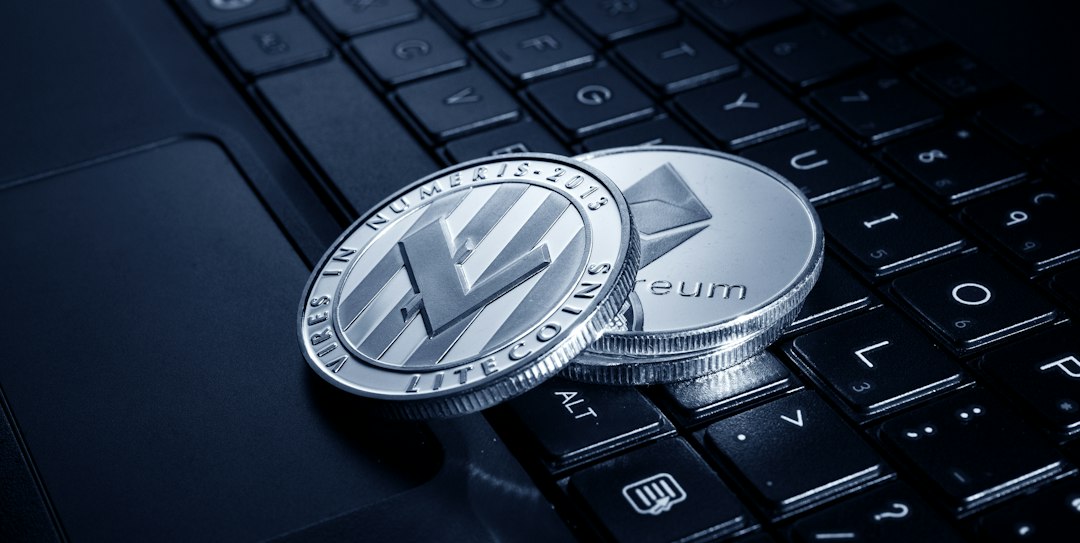Circle CEO Jeremy Allaire: Majority of USDC Stablecoin Adoption Comes from Abroad
Circle CEO Jeremy Allaire has emphasized that their business is not solely focused on the American market. In fact, he stated that 70% of USDC stablecoin adoption is from non-US regions. The fastest growth in adoption has been observed in emerging and developing markets, particularly in Asia, LATAM, and Africa. Despite the recent advancements in stablecoin regulations, such as the framework bill proposed by the US House Financial Services Committee, Circle remains optimistic about the demand for safe and transparent digital dollars.
Tether and USDC: Different Approaches to Emerging Markets
Tether, the largest stablecoin, has also acknowledged the growing importance of emerging markets. In contrast to its competitors, Tether claims to prioritize the needs of these markets rather than focusing on Wall Street. However, concerns over Tether’s reserves have affected its market presence, allowing USDC to gain some ground. Despite the decline in market valuation, Circle maintains that its global banking and liquidity network is expanding.
Circle Reserve Fund and Coinbase’s Market Valuation
Circle’s Circle Reserve Fund, which consists of short-term US Treasuries, overnight US Treasury repurchase agreements, and cash, holds a total of $26.1 billion in reserves. This fund is registered with the SEC as a government money market fund. Additionally, Coinbase’s market valuation reportedly increased after Binance liquidated its USDC assets. This indicates the growing competition for USDC, especially with the recent launch of PayPal’s PYUSD stablecoin.
Hot Take: The Growing Importance of Emerging Markets for Stablecoins
The statements from Circle CEO Jeremy Allaire and Tether highlight the significant role that emerging markets play in the adoption and growth of stablecoins. As these regions continue to embrace digital currencies, it is crucial for stablecoin issuers to understand and cater to their specific needs. While the market valuation of USDC has faced some challenges, the overall demand for transparent and secure digital dollars remains strong. Going forward, it will be interesting to see how stablecoin issuers adapt and compete in this rapidly evolving landscape.





 By
By
 By
By
 By
By
 By
By
 By
By
 By
By